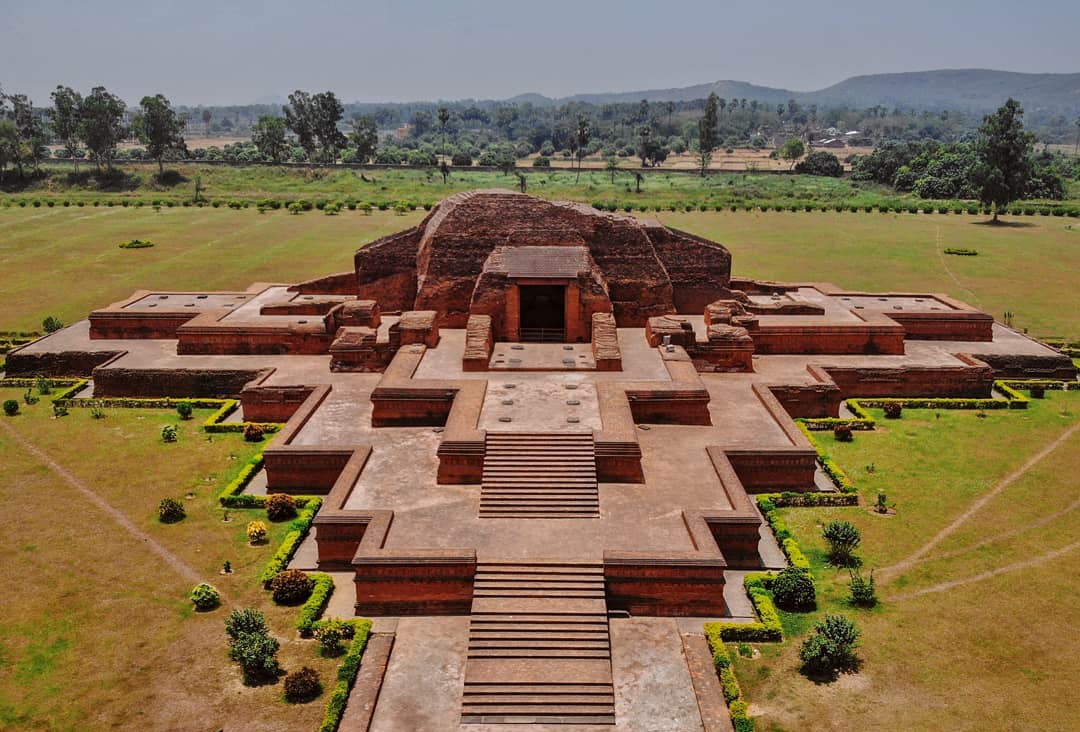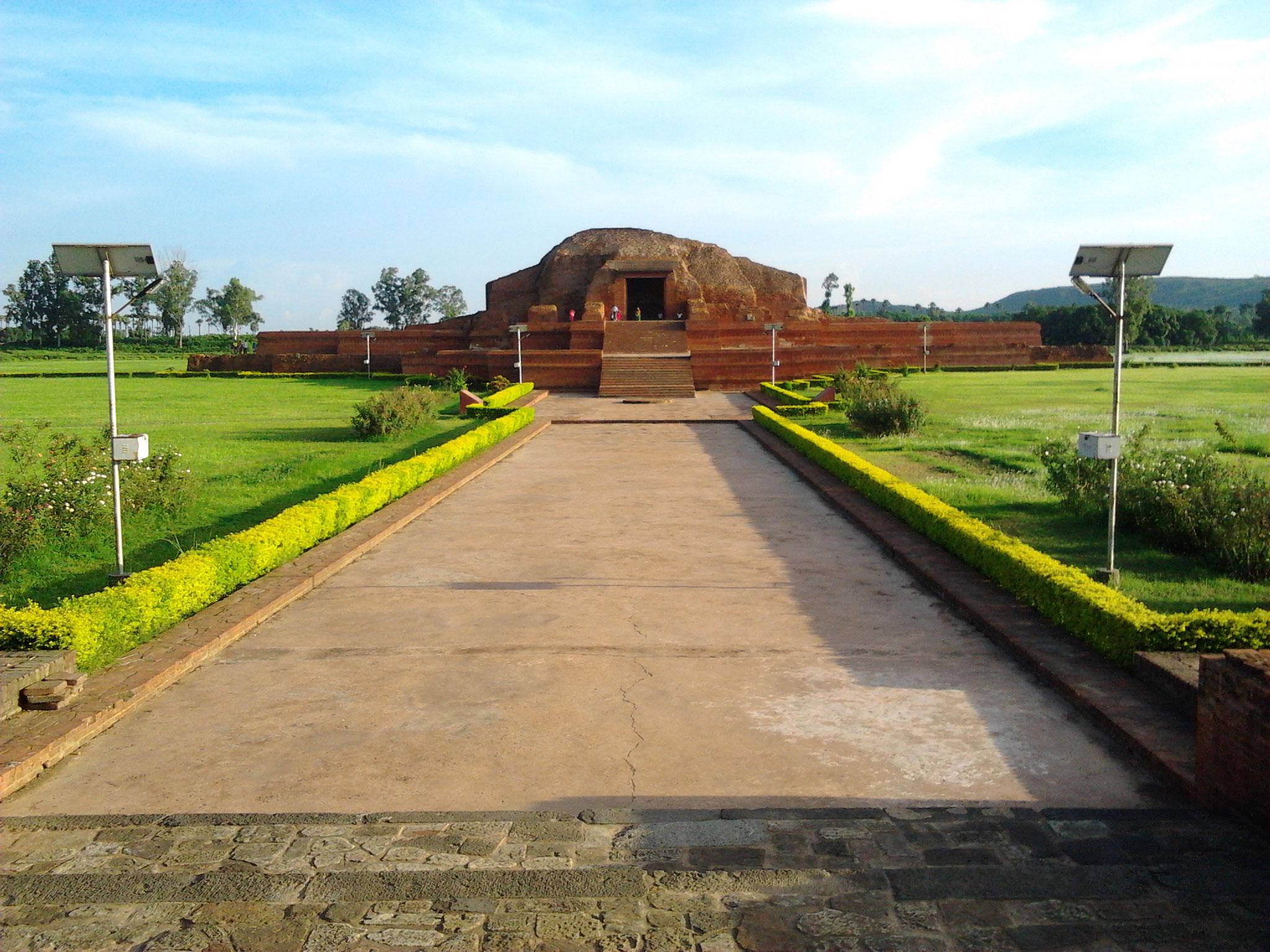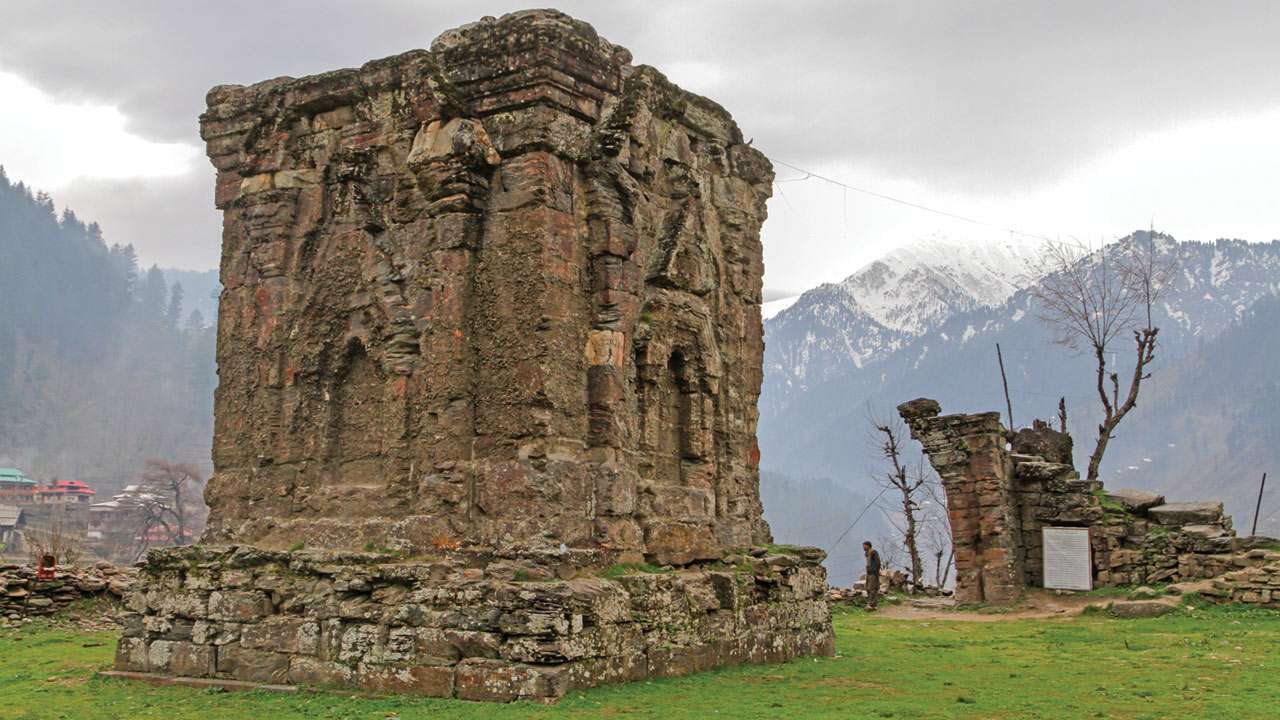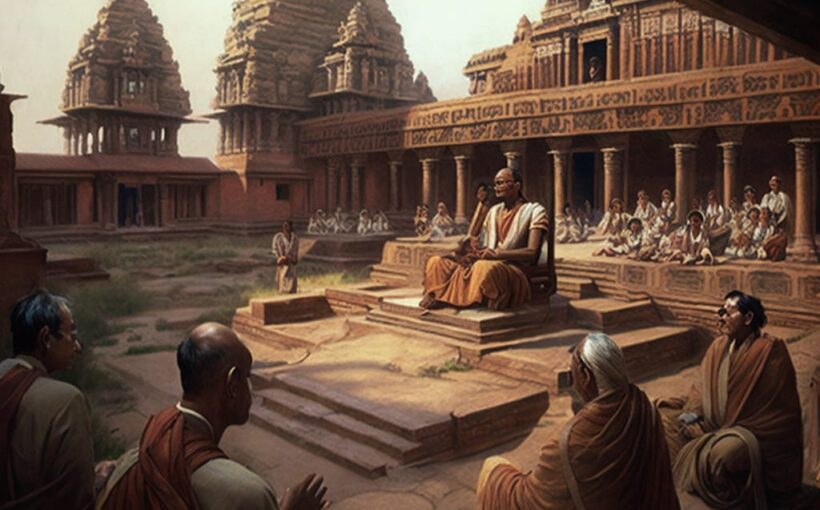Content
Background: Rise of Ancient Indian Universities
Ancient India is filled with anecdotes about the rise and fall of the empires. This was the period when the subcontinent grew in every possible field whether culturally, economically, or religiously.
The tremendous amount of progress made by the Ancient Indian societies was the result of the quality of education provided by the Universities of Ancient India.
The Universities of ancient India are considered the place of religious sacredness furthermore in ancient times the temples were also part of education and learning.
The quality of education attracted not only Indians but also foreign learners too. Subjects like astronomy, economics, Vedas, and military education became prominent fields of study for learners. In this article, we will shed light on Ancient Indian Universities and their teaching which made the land of Bharat an important hub of learning.
Universities in ancient India were an institute of higher education however they were not the only source of education. Some other sources of education in ancient India were
1 Gurukuls which were primarily active in the northern part of the subcontinent.
2 Tols active in the region of Bengal.
3 Pathshalas are located mostly near the regions of modern-day Bihar and Uttar Pradesh.
4 Chatuspadis
5 Temples
Taxila: The Center of Brahmanical Learning
The University of Taxila was one of the most iconic centers of education in ancient India. It is believed that it was named after king Taksh who is believed to be the son of Bharat.
The region of Taxila was the capital of the kingdom of Gandhar and this university was located near the Indus River. According to modern historians, the University was constructed during the 7th century BCE.
It consisted of around 300 lecture halls and a massive library. It was the main center for Higher education and had 16 years as the minimum age for the student to take admission to the university.
Prominent scholars, authors, and kings of ancient India like the great Chanakya, Panini, Vishnu Sharma, Chandragupta Maurya, and Charak (Father of Medicine), etc all had attained their education from Taxila University.
It is also believed that Chanakya and Panini wrote their famous works like Arthshastra and Ashtadhayi at Taxila.
Hiuen Tsang an eminent Chinese scholar and traveler mentioned Taxila University to be at Par with Nalanda and Vikramshila University.
To honor the contribution of Taxila University to Indian history it is listed as a UNESCO world heritage site.
From the beginning, this University is considered the center of Brahmanical Education and the education of Medicine. Apart from this they also put considerable emphasis on Vedanta, Vyakarana (Grammer), Ayurveda, 18 Sippas (Craft), Military education, Astronomy, etc.
There were a total of 68 subjects that were taught at Taxila University. However, one interesting feature of this great jewel of ancient India was that there was no examination system at this university.
Nalanda University (425-1205 AD)
Another prominent center of Education in Ancient India was the University of Nalanda which was located in the eastern portion of the Indian subcontinent at Rajgriha (modern-day Bihar) near the Jangali River.
It was established during the reign of the great Guptas. Gupta emperor Kumaragupta was the founder of this great center of learning.

To this day the great Nalanda University is compared with renowned universities like Oxford, Cambridge, and Harvard. During ancient times it attracted scholars and learners from China, Tibet, and South East Asia.
Primarily it was a Buddhist center of learning (Mahayana Buddhism) and is accorded as the first residential university in the world.
According to Hiuen Tsang, the University had the toughest entrance examination due to which the majority of students couldn’t pass the test.
The teachers of Nalanda followed three types of teaching methods namely Verbal and explanatory, Lectures and debates, and discussions.
Apart from this, the University had a capacity of 10,000 people out of which 1510 were teachers and the rest of the 8500 were students. It also had around 300 study chambers which were considered the main attraction of scholars and foreign travelers.
It also had a big library that had 9 storeys and had three departments called Ratna Sagar.
Important Terms
Samgharama 8 Big halls
Kulpati- Chancellor of the University
The resurrection of the Nalanda University
In the year 2010, Nalanda University was reestablished as a central University in the Bihar district. Countries like Japan, China, Thailand, Laos, Singapore, and Australia also contributed in its re-establishment.
To this day it is known as the world’s oldest-running university.
Valabhi University (600-1400)
Another important center of education in ancient India was the University of Valabhi. It was built by the Maitraka king Bhattaraka.

Primarily it was a Buddhist center of learning (Hinayana) although it also taught Brahmanical education, Political sciences, law, and economics.
It is believed that the Maitrakas greatly patronized the Valabhi University and during their rule, it became a huge center of learning in the western portion of the Indian subcontinent.
Vikramshila University (8th Century)
Vikramshila University was established by the Pala king Dharmapala in Bihar near the Ganga River.

It was known as the center of religious teaching primarily Tantric and Mahayana Buddhism. Other key subjects were Vyakaran, Logic, astronomy, philosophy, tantra, etc.
According to historians it had around 108 scholars were appointed as the charge and Acharyas of the various temples. Due to its huge popularity large number of Tibetan scholars visited this university.
Important Terms
In later years it was organized into a group of six colleges called The Vigyan Bhawan.
Mahasthavir- Kulpati of the Gurukula
Samavartana- Convocation of Degrees
Sharada Peeth Temple University (Temple University 273 BCE)
One of the most influential centers of learning in ancient India. Kashmiri pandits revere this famous yet forgotten temple university among other Hindus across the globe.
It is also considered the home of the Hindu Goddess Saraswati. It is located in the region of modern-day POK around the confluence of the Kishan Ganga and Mudhumati rivers.

It covered major subjects like Vedic works, Scriptures, history, science, and logic, etc. It also developed the famous script known as the Sharada script.
The temple had a capacity of 5000 scholars with a huge library too.
During ancient times, the university was visited by eminent scholars like Kalhana, Vairotsana, Adi Shankara, etc, and is considered one of the 18 Maha Shakti Peeths. Architecturally it shows a close resemblance with the famous Martand Sun Temple of Kashmir which was built by the great Lalitaditya Muktapida.
However, the scars given by the partition of 1947 had completely wounded this ancient home of learning and to this day it remained an abandoned place.
Mithila University
Established during the time of Raja Janak, the father of Sita. It was a center of the Brahmanical system of education where the Rishis took part in major conferences.
It covered major subjects like fine arts, literature, science, scriptures like Vedas and Nyayashastra, Tarka Shastra, etc.
During the middle ages, it started a new school of thought called as Navya-Navya which was based on logic. This school was founded by the famous mathematician Ganesha Upadhyaya.
Jagaddala
This university was established by king Rampala of the great Pala dynasty in the 11th century in north Bengal. It became the center of Sanskrit learning and Vajrayana Buddhism, especially after the demolition of famous universities like Nalanda and Vikramashila.
The famous Sanskrit verse called Subhasitaratnakosa is believed to have been compiled in this university by Vidyakara. Furthermore, Buddhist scholars like Vibhuti Chandra, Danasila, and Subhakara Gupta belonged to this monastery.
Donate to our Cause
If you support what we are doing and would like to contribute to help us grow and reach more Indians to teach them more about such forgotten historic Indian Heroes and stories, please consider donating any amount. It will help us grow.

